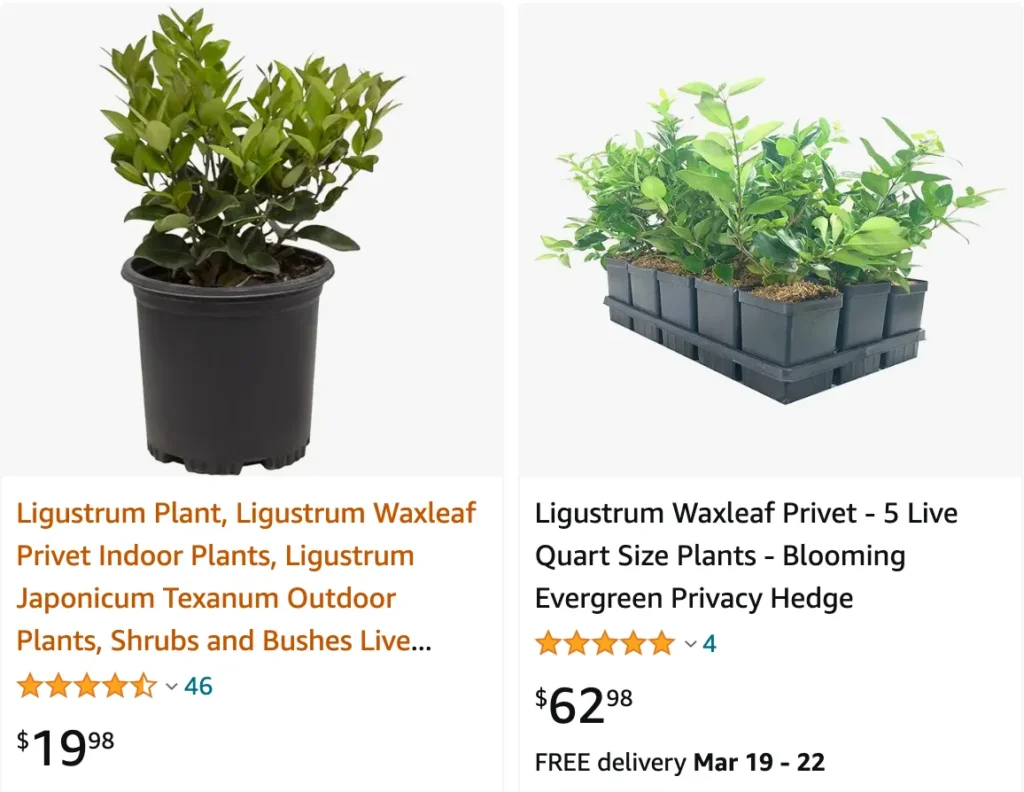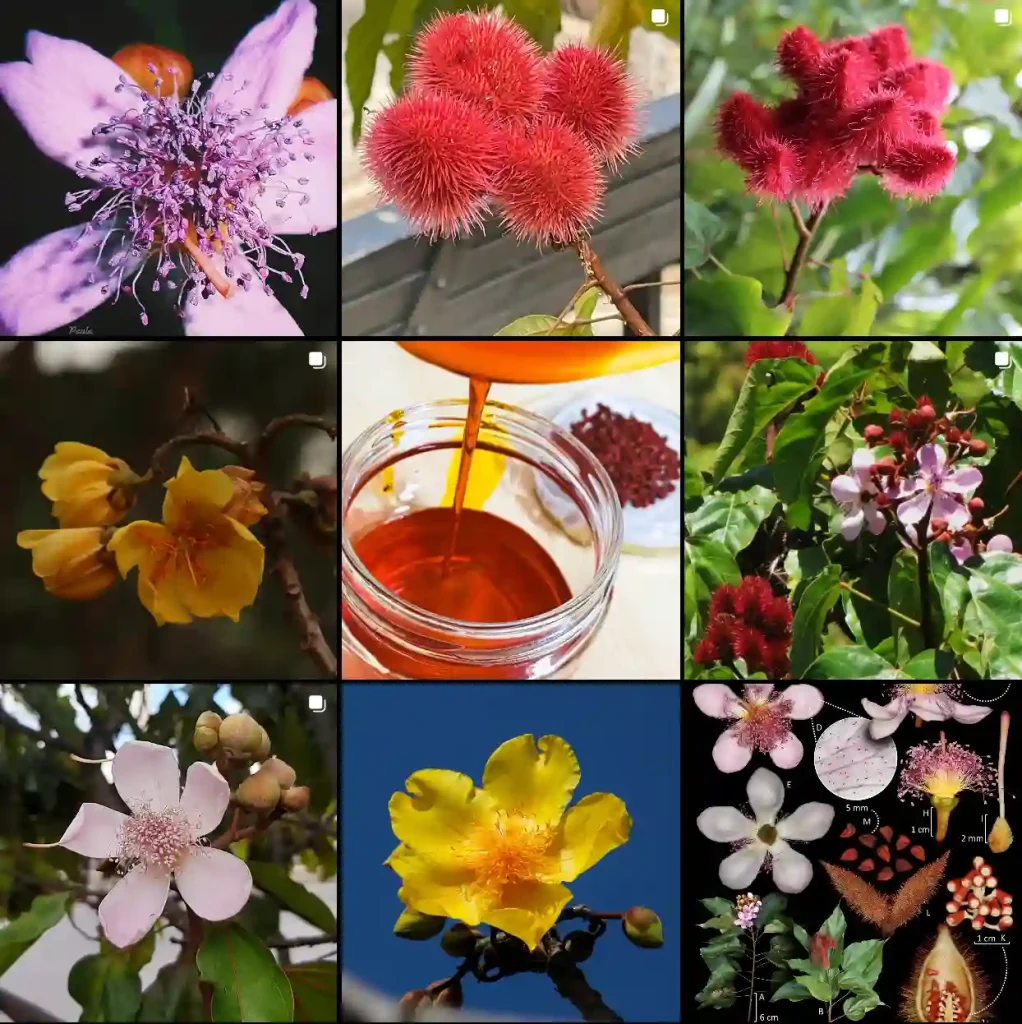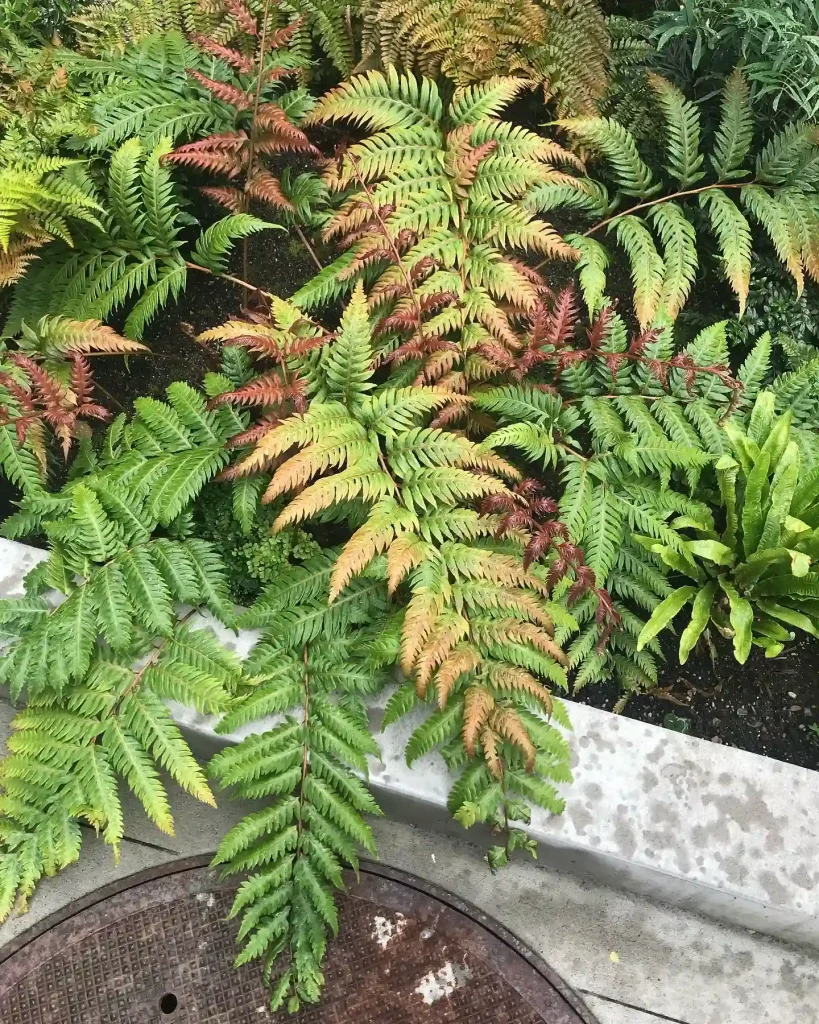
Ligustrum Texanum: A Versatile Evergreen for Your Landscape
For years, I’ve been on the hunt for low-maintenance plants that add year-round interest to my garden. That’s how I stumbled upon Ligustrum texanum, also known as Waxleaf Privet ‘Texanum’. This compact evergreen shrub has quickly become a favorite, offering a combination of glossy foliage, fragrant flowers, and adaptability that’s hard to beat.
In this article, I’ll share my experience with Ligustrum texanum and answer some of the most common questions gardeners have about this versatile plant.
46 Species in Genus Ligustrum – Privet
Waxleaf Privet vs Japanese Privet
I’ve found that Waxleaf Privet has a denser, more compact growth compared to Japanese Privet, which has a bit of a looser, more open habit. I appreciate the Waxleaf Privet for its glossy, attractive leaves, which give a tidier look to my garden compared to the more rugged appearance of Japanese Privet.
Waxleaf Privet vs Ovalifolium
When comparing Waxleaf Privet to Ovalifolium, I prefer the Waxleaf for its superior evergreen quality and more refined foliage, while Ligustrum Ovalifolium, though hardy, tends to be a bit more unruly and requires more frequent pruning to maintain a neat shape.
Does Ligustrum Texanum Grow Well in Saline-Rich Soil?
While Ligustrum texanum isn’t particularly picky about soil type, it thrives in well-drained conditions. If your soil leans saline, fear not! This shrub exhibits some degree of salt tolerance, making it a good option for coastal landscapes. However, excessively salty soil can eventually stunt growth. To be safe, a simple soil test can reveal your soil’s salinity level and help you decide if Ligustrum texanum is the right fit.
How to Plant Ligustrum Texanum?
Planting Ligustrum texanum is a breeze. Choose a location that receives full sun to light shade. Dig a hole twice the width of the root ball and slightly deeper. Gently loosen the root ball and place the shrub in the hole. Backfill with the removed soil, tamping gently to remove air pockets. Water thoroughly to establish the roots.
How Wide Does Ligustrum Texanum Get if Left Untrimmed?
Left to its own devices, Ligustrum texanum can reach a width of 4-6 feet. However, this shrub responds exceptionally well to pruning, making it ideal for creating hedges or shaping into topiaries.
Is Ligustrum Texanum Invasive?
Invasive plants can wreak havoc on local ecosystems. Thankfully, Ligustrum texanum isn’t considered invasive in most areas. However, it’s always a good practice to check with your local authorities before planting any new species.
When to Prune Ligustrum Texanum?
The best time to prune Ligustrum texanum is in late winter or early spring before new growth emerges. Regular pruning encourages bushier growth and helps maintain your desired shape.
Which Variety of Ligustrum Texanum is Fast-Growing?
Ligustrum texanum itself is considered a slower-growing variety compared to other Ligustrum species. However, within the ‘Texanum’ cultivar, there aren’t significant growth rate variations.
Additional Tips for Growing Ligustrum Texanum
- Water regularly, especially during the first growing season, until the plant is established. Once established, Ligustrum texanum is quite drought-tolerant.
- Apply a balanced fertilizer in early spring to encourage healthy growth.
- Ligustrum texanum attracts pollinators like bees and butterflies, making it a welcome addition to any wildlife-friendly garden.
Beyond the Basics: My Experience with Ligustrum Texanum
With its glossy evergreen foliage and fragrant white flowers in spring, Ligustrum texanum adds a touch of elegance to my garden. I especially appreciate its low-maintenance nature. A quick trim in early spring keeps it the perfect size for bordering my walkway. Plus, the bees love the flowers, which is a delightful bonus.
Overall, Ligustrum texanum has proven to be a valuable addition to my landscape. Its versatility, ease of care, and attractive features make it a plant I highly recommend for any gardener seeking a reliable and low-maintenance evergreen shrub.
If i die, water my plants!



